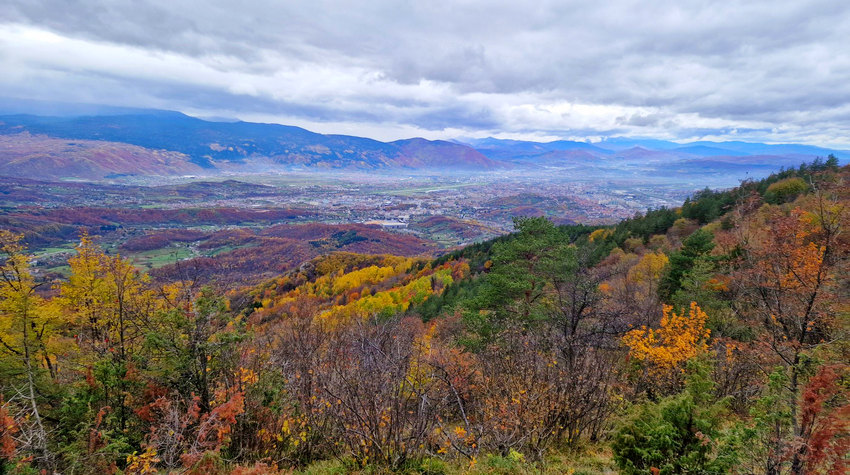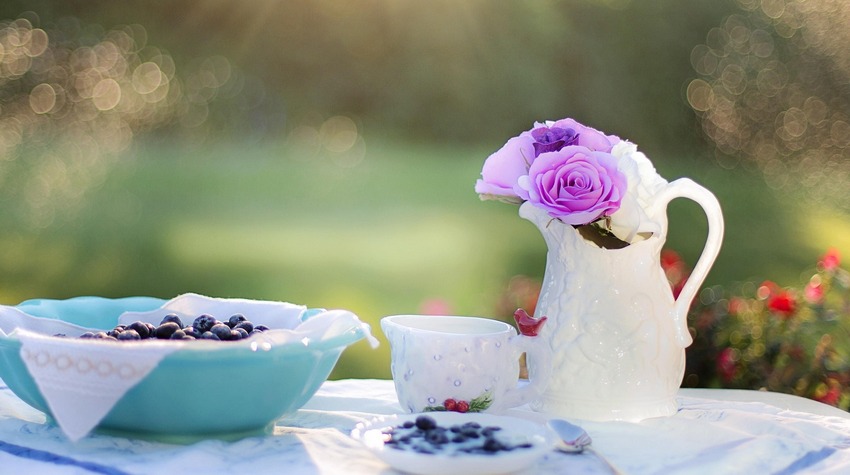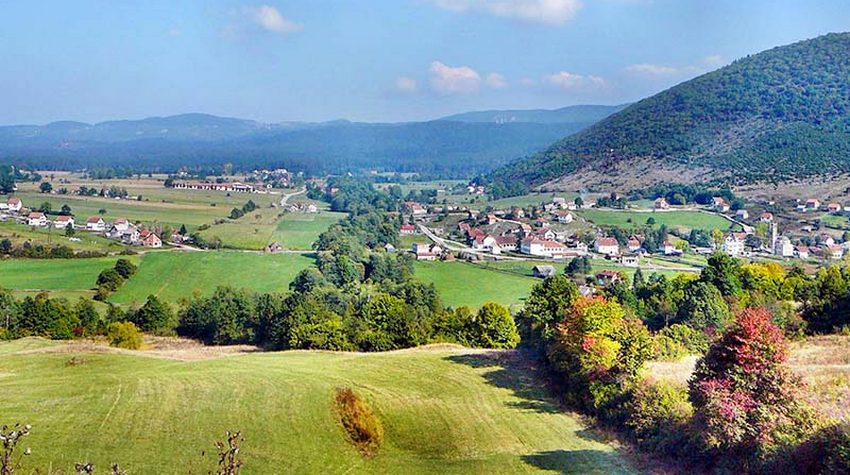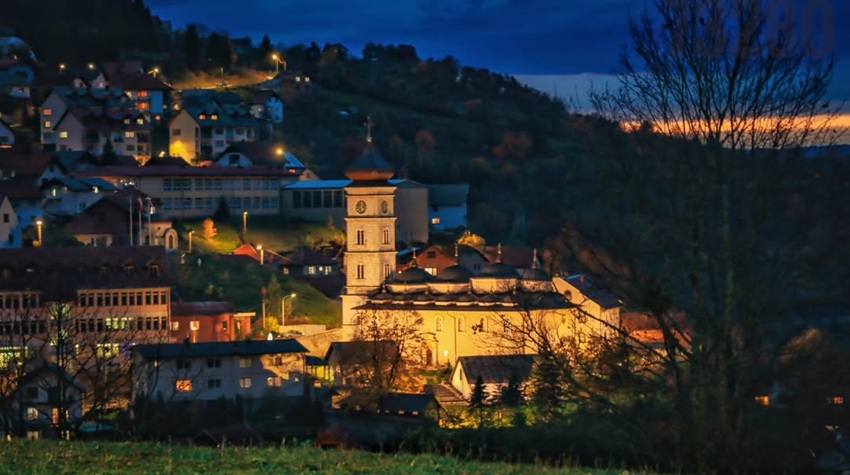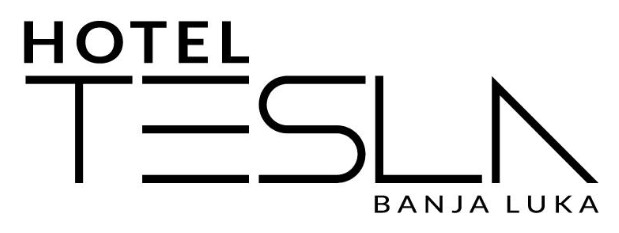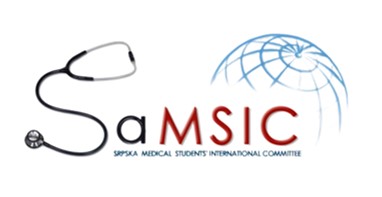DEMAND FOR TRUFFLES ON THE RISE IN REPUBLIKA SRPSKA
Once nearly unknown in the region, truffles — the prized underground fungi — are increasingly making their way onto the plates of consumers across Republika Srpska, despite their high price. The hunt for these rare and aromatic delicacies, which grow in local forests, has evolved into a specialized craft.
According
to experienced truffle hunters, prices for fresh truffles can range from 400 to
as much as 8,000 BAM per kilogram, depending on the type
Mijodrag
Vuković, president of the ecological and mushroom association “Tartuf” from
Banja Luka, told Glas Srpske that truffles can be found across Republika
Srpska, from east to west, thanks to the region’s diverse habitats.
“Autumn
is the best time for foraging, as that’s when the largest number of species
appear. Demand is still modest, mostly due to high prices and limited
purchasing power. However, nearly all truffle varieties found in Europe can be
found here too. The only exception is the white truffle Tuber magnatum pico,
which is rarer, as it grows near large rivers — areas often inaccessible due to
landmines and changing water levels,” said Vuković.
The
search for truffles is carried out year-round by specially trained dogs, most
often of the Lagotto Romagnolo breed, who dig even through snow and ice during
winter to find the highly fragrant fungi.
While truffles are a staple of gourmet cuisine globally, in Republika Srpska they are mostly used fresh — served with meat, pasta, and sauces — or in the production of specialty items such as spreads, cheeses, oils, and even chocolates.
Pricing
depends on the season, variety, and supply and demand, Vuković explains.
“Prices
typically start around 600 BAM per kilogram and go up. If it’s a poor year for
truffles, prices rise, and if there are plenty, they become more affordable,”
said the veteran truffle hunter.
Mladen
Kalamanda from Kotor Varoš, one of the founders of the “Ola Tartuf” brand,
shared that he and his family have been making various truffle-based products
for years, having stumbled into truffle hunting by chance.
“We
produce truffle spreads priced between 25 and 30 BAM for a 50-gram jar. We also
make extra virgin olive oil infused with black truffle — 25 BAM for 250 ml,
while the 500 ml bottle is slightly cheaper,” said Kalamanda. He added that
they also offer truffle-infused honey, priced at 10 BAM for 50 grams.
Kalamanda
noted that this year’s truffle yield was excellent, although porcini mushrooms
did not fare as well.
“The
truffle market is big but still underdeveloped because there aren't many
producers. There is demand, but it remains relatively low,” he said.
Zdravko
Stamenić, a truffle hunter from the Srbac area, explained to Glas that there
are hundreds of truffle species, with new types being identified almost every
year.
“When
it comes to culinary and edible varieties, only a few species are found in our
region. Of those, two are white truffles, while the majority are black. The
most prized is the famous white truffle Tuber magnatum. There's also the
spring-winter white truffle, Tuber borchii. Among the black varieties are Tuber
macrosporum, melanosporum, brumale, and many others,” Stamenić said, adding
that each type has its unique scent and all can be found locally.
He emphasized the essential role of dogs in the truffle hunt.
“Some
hunters use pigs, but since truffles are natural food for them, if the hunter
isn’t quick enough, the pig will eat the find. My partner is Max, a Lagotto
Romagnolo, and he's in his prime as a tracker,” he said.
Stamenić
noted that prices here are much more accessible compared to Italy or France.
“We
don’t have the same truffle culture as in Italy, where consumers know exactly
which species is in season and tailor their consumption accordingly. Ideally,
truffles should be eaten fresh, or in high-quality processed form,” he
explained.
He
warned against products made with artificial aroma, commonly found in local
supermarkets.
“Whenever
possible, use products without artificial flavors or additives, and with a high
truffle content — ideally over 70%. True connoisseurs know this, but I mention
it for those who want to try truffles for the first time,” said Stamenić.
He
concluded by noting that last year’s harvest was poor due to drought, while
this year has been slightly better. For around 25–30 BAM, consumers can treat
themselves to a 30-gram jar of quality truffle spread.
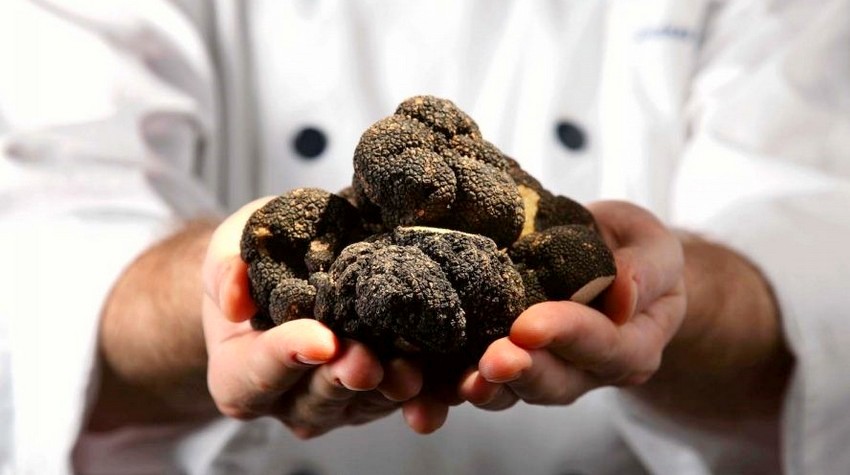

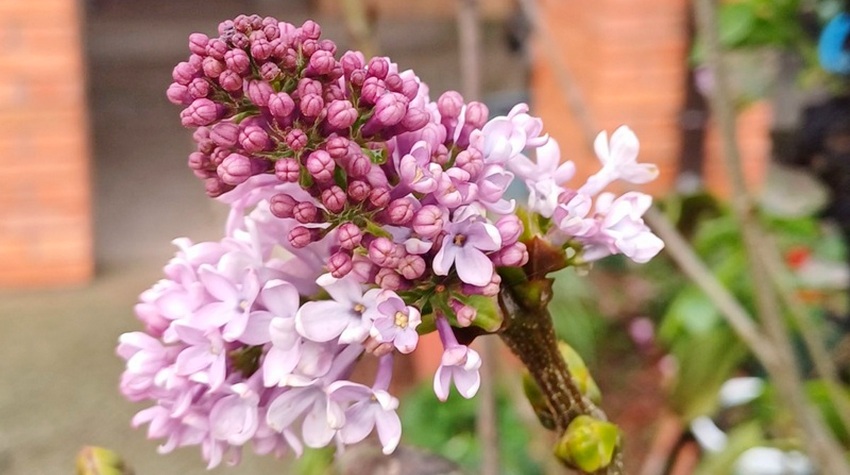
.jpg)

